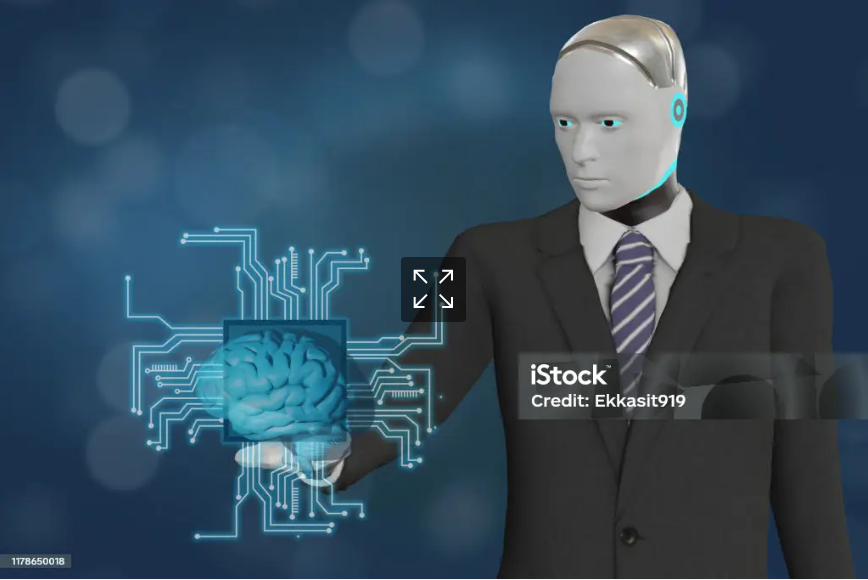In recent years, artificial intelligence (AI) has profoundly impacted education. Tools that utilize AI now tailor learning experiences, personalize content, and adapt lessons to each learner’s unique pace. Brainscape, a popular flashcard-based learning platform, has increasingly embraced AI to offer a personalized learning journey. The platform uses advanced AI-driven tools to improve retention, optimize study schedules, and refine flashcard content creation. This article will dive into how Brainscape incorporates AI, the AI techniques it uses, the features it powers, and the broader implications of AI on education.
What Is Brainscape?
Brainscape is a digital flashcard app designed for learners to study virtually any subject through customizable flashcards. Originally developed with a focus on cognitive science, Brainscape’s design emphasizes spaced repetition, a research-backed technique to improve memory retention over time. However, as the landscape of educational technology evolved, so did Brainscape. AI is now central to its user experience, especially with features designed to streamline content creation, personalize study schedules, and boost retention.
The Role of AI in Brainscape’s Adaptive Learning System
AI plays a central role in making Brainscape’s adaptive learning model more efficient. Brainscape uses a Confidence-Based Repetition (CBR) algorithm, an adaptive learning technique that customizes repetition schedules based on each learner’s performance. Here’s how it works:
- Confidence-Based Repetition (CBR): This does brainscape use ai powered system to ensure that users review flashcards at optimal intervals. The intervals are determined by how confident users feel in their answers, as well as their previous success rates on the cards. The goal is to reinforce knowledge retention without unnecessary repetition, focusing more on content that users struggle with. The AI adjusts these intervals dynamically, so learners spend more time on challenging material and less time on familiar concepts, maximizing study efficiency.
- “Fix with AI” Feature: Brainscape has incorporated AI tools, such as ChatGPT, to help users refine and organize their flashcard decks. When users import data or create cards that may need polishing, they can use the “Fix with AI” function, which utilizes natural language processing to improve formatting and phrasing, ensuring that flashcards are clear and organized. This AI-driven feature saves users time and improves the overall quality of flashcards, which leads to a smoother learning experience.
- Content Suggestions and Auto-Correction: Brainscape’s AI algorithms suggest improvements for study materials by analyzing language structure, spelling, and coherence, making it easier for users to produce professional-quality flashcards without manual editing. This feature is particularly beneficial for students who are creating large decks, allowing them to focus on studying rather than formatting.
How Brainscape’s AI Enhances Personalized Learning
Brainscape’s AI technology significantly enhances personalization, one of the most important aspects of effective learning. Personalization in educational platforms helps cater to individual needs, making learning more effective. Here are some of the ways Brainscape uses AI to personalize the learning experience:
- Adaptive Review Scheduling: Unlike static flashcard systems, Brainscape’s AI-based scheduling system dynamically changes review intervals based on each learner’s performance and confidence levels. This personalized scheduling adapts as users become more proficient, ensuring that study time is optimized for maximum retention.
- Tailored Study Paths: The AI assesses areas where users are struggling and can prompt them to focus on these concepts, encouraging a more targeted learning approach. For instance, if a learner is proficient in one area but struggling in another, Brainscape will prioritize the latter to improve mastery.
- Insights and Progress Tracking: Brainscape’s AI provides insights into user performance, identifying patterns in how well users retain certain types of information or specific subjects. This data-driven approach helps learners understand their strengths and areas for improvement, giving them a sense of control over their study journey and helping them adjust their efforts accordingly.
AI and Cognitive Science: Supporting Learning Efficiency
The integration of does brainscape use ai in Brainscape is grounded in cognitive science principles that aim to improve long-term memory and knowledge retention. Spaced repetition, Brainscape’s foundational technique, has long been studied for its effectiveness in minimizing forgetting. By combining spaced repetition with AI, Brainscape takes learning a step further by customizing intervals to each user’s pace. Here’s how this combination works:
- Efficient Memory Encoding and Retrieval: Spaced repetition leverages the idea that memory improves when learning is revisited at increasing intervals. Brainscape’s AI adjusts these intervals based on user interactions and perceived confidence, creating a more effective and individualized learning experience.
- Avoiding Cognitive Overload: By focusing review sessions on weak areas, AI prevents learners from becoming overwhelmed. Rather than presenting users with every flashcard, the algorithm selects those with which they need more practice, making each session manageable and reinforcing confidence.
Why Is AI Important in Educational Platforms Like Brainscape?
AI’s integration in education platforms like Brainscape highlights its potential in personalized learning. Traditional learning models assume a “one-size-fits-all” approach, but AI-driven systems create a flexible, responsive environment. Here’s why this matters:
- Increased Engagement: Personalized learning paths improve engagement, as users feel that the system is responsive to their needs. This responsiveness fosters motivation, as learners feel in control of their progress and see direct improvement in weaker areas.
- Better Retention Rates: AI optimizes review schedules based on individual learning curves, which translates into better retention. This is especially beneficial for users preparing for exams, as they can trust that the system will reinforce critical knowledge.
- Streamlined Content Creation: AI tools like “Fix with AI” assist with content creation, making it easier for users to create structured, high-quality flashcards. This is particularly helpful for educators and students with extensive study material, as they can focus more on learning than formatting.
Brainscape’s “Fix with AI” Feature: A Deeper Look
Brainscape’s “Fix with AI” function is one of the most prominent examples of its AI-driven approach. Designed to streamline content creation, this feature leverages natural language processing to refine user-generated flashcards. Here’s a closer look at how it enhances the user experience:
- Enhanced Content Clarity and Consistency: The “Fix with AI” feature corrects and standardizes content formatting, providing uniformity across flashcards. By refining phrasing, it enhances the clarity of each card, which helps users better understand and retain information.
- Error Correction and Suggestions: AI-driven grammar and syntax correction minimizes errors, especially useful for users creating large flashcard decks. This saves users time and ensures the material is error-free.
- User-Controlled Edits: Importantly, Brainscape allows users to accept or reject AI-generated changes, giving them control over the final product. This way, AI serves as a supportive tool without compromising user autonomy.
Potential Limitations of AI in Brainscape
While Brainscape’s AI tools offer notable advantages, it’s essential to consider potential limitations:
- Temporary Effectiveness: As an adaptive platform, Brainscape’s AI improves memory retention for individual sessions, but sustained results rely on consistent use. If users do not continue to engage regularly, memory retention may decrease, as there’s no substitute for frequent practice.
- Over-Reliance on AI Features: Some users may rely too heavily on AI to refine and correct their content, which could reduce their engagement in the learning process. Active participation is critical to memory and learning, so users need to balance AI assistance with cognitive engagement.
- Privacy and Data Concerns: AI systems in educational technology platforms often use user data to optimize learning experiences. While Brainscape has safeguards in place, users concerned about data privacy should be aware of these mechanisms.
Future of AI in Brainscape and Education
Looking forward, Brainscape and similar educational platforms are likely to deepen their reliance on AI, potentially adding more advanced features like predictive analysis, voice recognition, and emotional AI that can gauge user engagement levels. In the broader context of education, AI’s potential to revolutionize personalized learning continues to expand as technology advances, paving the way for more individualized, engaging, and effective learning experiences.
Conclusion
Brainscape’s integration of does brainscape use ai demonstrates how technology can enhance learning experiences through personalized study paths, streamlined content creation, and adaptive review schedules. By focusing on confidence-based repetition and content refinement with tools like “Fix with AI,” Brainscape provides a balanced approach that merges cognitive science principles with AI-driven efficiency. While AI cannot replace the active effort required in learning, its role as an assistant offers a supportive structure that makes learning more accessible and effective for users of all levels. As AI in education grows, platforms like Brainscape may continue to evolve, offering new ways to facilitate efficient, personalized learning.








